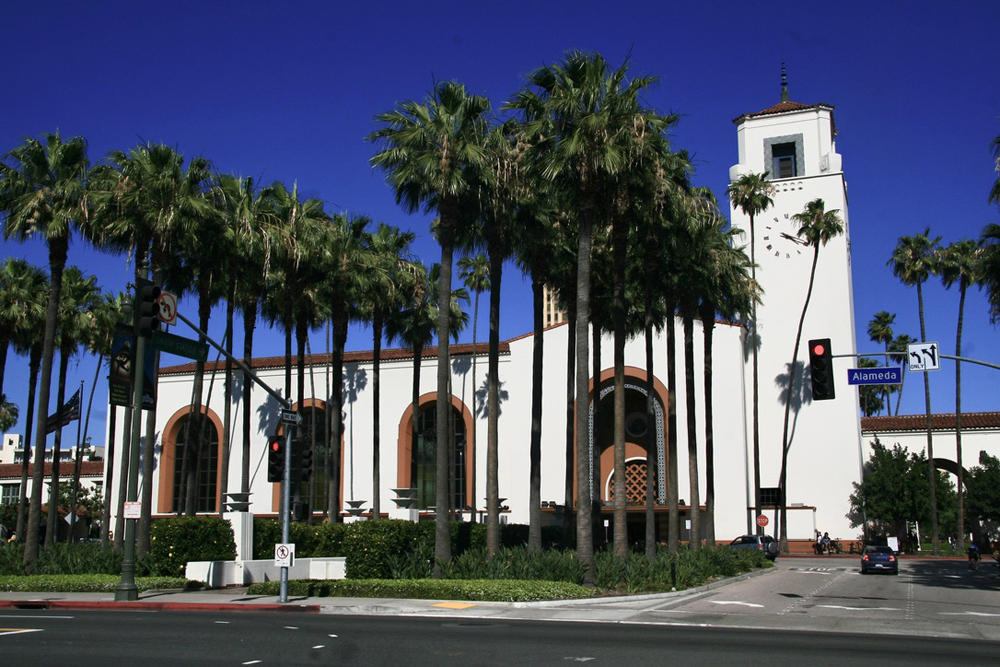
NEWPORT BEACH, Calif. — The company seeking to start a luxury sleeping car train between downtown San Francisco and Los Angeles Union station says it has signed a Memorandum of Understanding with Union Pacific “formalizing the parties’ negotiations toward a comprehensive final agreement” to begin operations by 2025.
A press release issued by Dreamstar Lines Inc. on March 23 says “the service will feature state-of-the-art sleeping cars with private rooms with lie-flat beds, en-suite showers, high-speed internet connectivity, on-board food, beverage, and hospitality services and “last mile” transportation, ensuring a seamless, peaceful, and hassle-free passenger experience.”
Working with UP
In emailed responses to Trains News Wire questions, Dreamstar co-founders Joshua Dominic and Thomas Eastmond say the company’s discussions with Union Pacific were restarted last year after initial talks in 2018.
“We have provisionally identified terms for track access payments that will work for both of us,” they write. Regarding liability insurance, they say, “UP requires roughly the amount of the statutory cap on passenger rail damages. Our broker has sourced the necessary insurance stack; the premium isn’t cheap but fits within our model.”
Dominic, the company CEO, says in the release, “Dreamstar officials expressed their appreciation towards their counterparts at Union Pacific,” adding, “We’ve been really impressed with their willingness to think creatively about how we can work together for the benefit of both our companies and the public.”
The memorandum of understanding follows UP’s cooperation with another private operator, Rocky Mountaineer, on the Colorado route that also hosts Amtrak’s California Zephyr. Like UP’s Coast Line that Dreamstar would utilize, it is not a main freight corridor, and thus has extra capacity and scheduling flexibility to handle a passenger train making a leisurely trip.
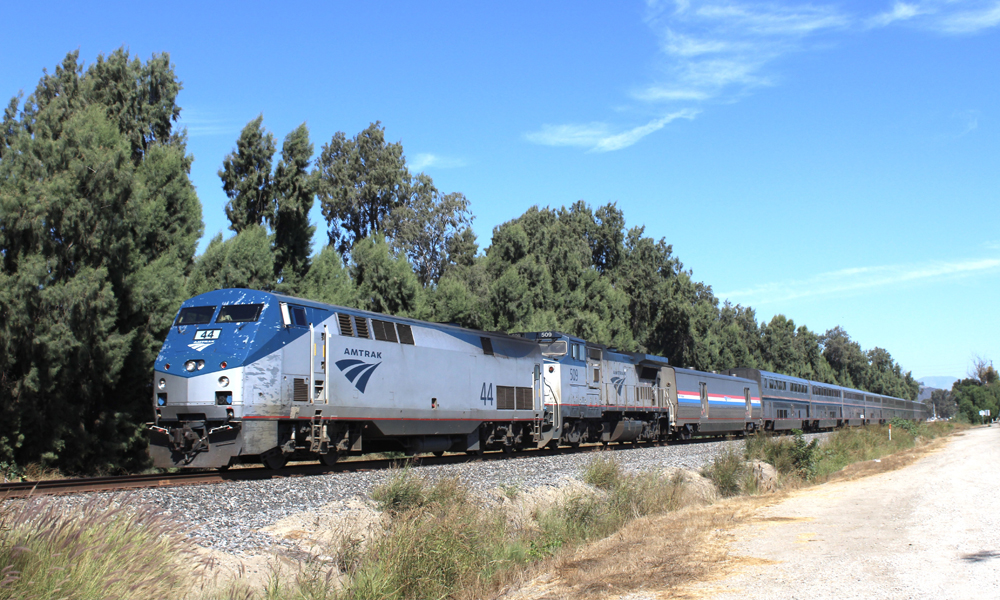
Seeking bilevels
Regarding equipment acquisition, Dominic writes, “We are currently weighing different options, and focused on finding the right cars and right partners to develop train cars designed to provide a relaxing and comfortable environment for sleeping. We intend to remanufacture existing bilevel cars. We have a couple of potential sources for those that we’re talking with.”
Amtrak‘s Superliners are the only bilevel sleepers currently operating, but from time to time other operators have floated plans for utilizing carbodies and shells of bilevel commuter coaches as a platform for modern sleeping and lounge cars.
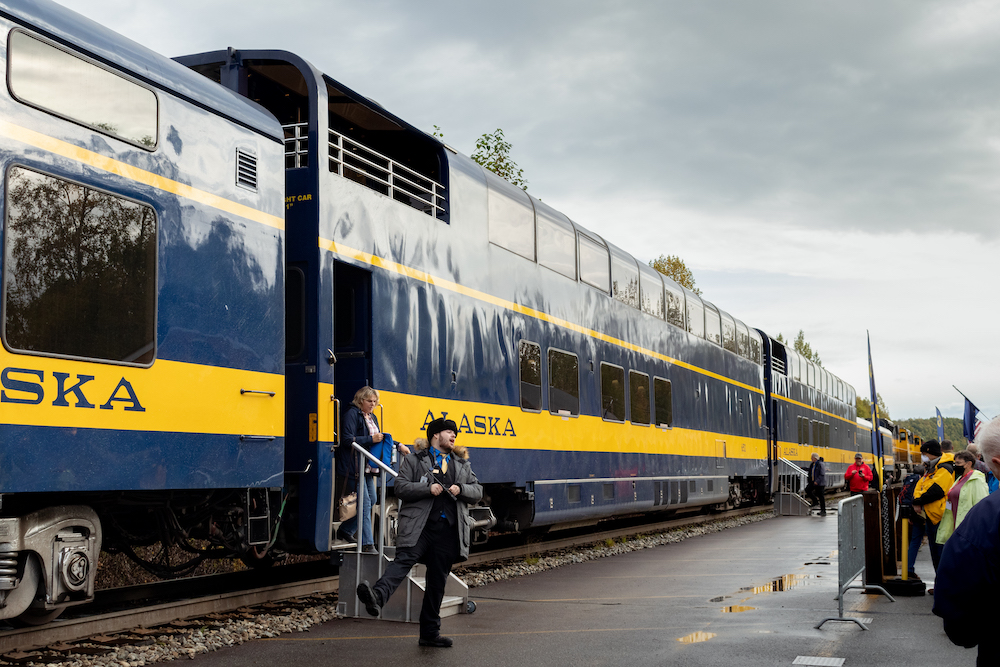
The most extensive luxury upgrading of overnight lounge, dining, and sleeping cars began with the American European Express single-level Heritage conversions of 1989, which initially operated on the rear of Amtrak’s Chicago-Washington Capitol Limited. That equipment eventually morphed into American Orient Express and Grand Luxe special trains. Colorado Railcar was working on bilevel designs when the company went bankrupt in 2008. With only a handful of exceptions, most of the Grand Luxe rolling stock has since been gutted or scrapped.
Regarding motive power, Dominic says, “We’re currently exploring different locomotive options. We’ve had some interesting discussions with manufacturers about zero-emissions locomotive technology, and it’s looking like that tech will be ready for our [later] expansion stage. Currently, we’re looking at either leasing or purchasing existing motive power. We like the more environmentally friendly options, but need to make sure it can meet the operational requirements to provide our service. Much of what we have seen so far has focused on much shorter distance routes. Otherwise we’ll use standard diesel-electric locomotives to start the service, either leased or acquired, and rebuilt from passenger operators that are currently in the process of replacing their motive power fleet.”
Overnight history and fares
Dreamstar is also “working toward an agreement” with Metrolink, a tenant at Los Angeles Union Station, and Caltrain, which would afford access directly to downtown San Francisco. This would enable Dreamstar to recreate the overnight “downtown-to-downtown” convenience of Southern Pacific’s Lark that operated until April 1968.
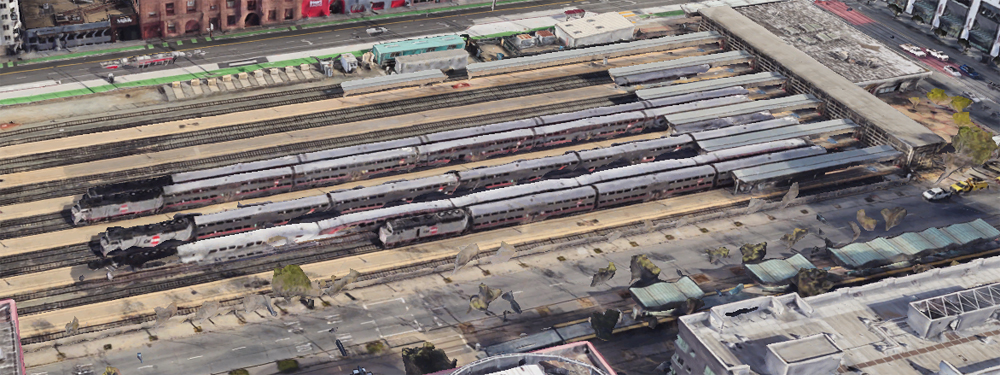
When Amtrak relieved SP of its passenger trains in May 1971, the former Coast Daylight was rerouted east of San Francisco Bay at San Jose, Calif., to Oakland, and extended north to Seattle as the Coast Starlight. California’s state-supported Spirit of California briefly offered a Sacramento-Los Angeles overnight Coast Line alternative between Oct. 25, 1981, and Sept. 30, 1983, with one or two heritage sleepers and Amfleet equipment. But the train was dropped when the state’s new Republican governor pulled the plug on funding.
Today, Dreamstar envisions an attractive market opportunity. “[Fares] will be on the low end of overnight rail travel in North America,” says Dominic. “We are still working on final pricing, but we are aiming for our walk-up fare to be competitive with the cost of an airline ticket bought within the typical business travel window, less than three weeks before departure, or the cost of a flight with advance purchase plus a hotel. We’re also looking at family accommodations that are aimed to be less than airfare for a group of four or more. If demand comes in at the higher end of our projections, we may be able to get pricing even lower,” he suggests.
Asked about the press release’s mention of the company “exploring an auto transport service, allowing passengers to use their vehicles at the end of the overnight journey,” Dominic says, “We’re aiming for a customer experience where you pull up to the station and board the train, and when you exit the train your automobile will be waiting for you in the parking lot.”
Financing
The Dreamstar CEO says a small amount of capital has been raised from private investors. “Following the MOU, we anticipate raising funds with angel investors, early stage funds, and institutional investors. Future expansions may take advantage of public private partnerships. We’re using almost exclusively existing infrastructure so the capital requirements are much lower compared to a project involving new track construction. We are taking a long-term view to building our service and it is important we work with similarly minded financial partners,” says Dominic. He tells News Wire that he cannot speak publicly to the total amount yet, “but it is a number we believe our investors will find compelling versus traditional railroad development costs.”
The original plan the fledgling company floated with an elaborate PowerPoint presentation in 2018 titled, “Go to bed. Wake up there,” suggested all-new equipment would be built with the help of Railroad Rehabilitation and Improvement Financing loans. It also explored the overnight market potential and made assumptions about revenue and expenses that have no doubt been adjusted since then. But the Union Pacific agreement is a necessary first step to finally get the hospitality-oriented overnight venture off the drawing board.






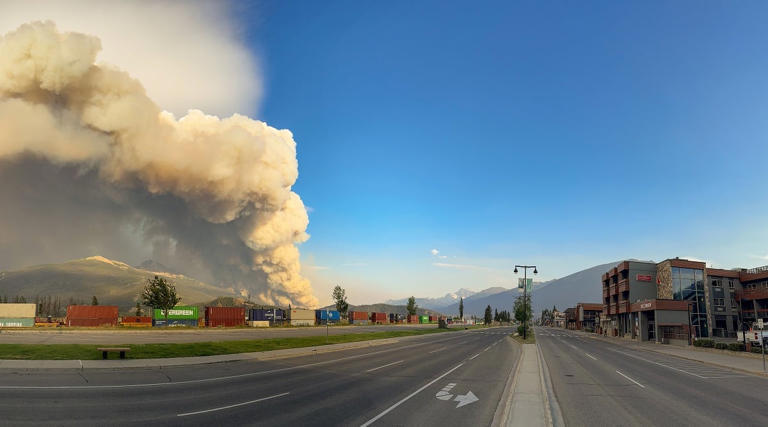
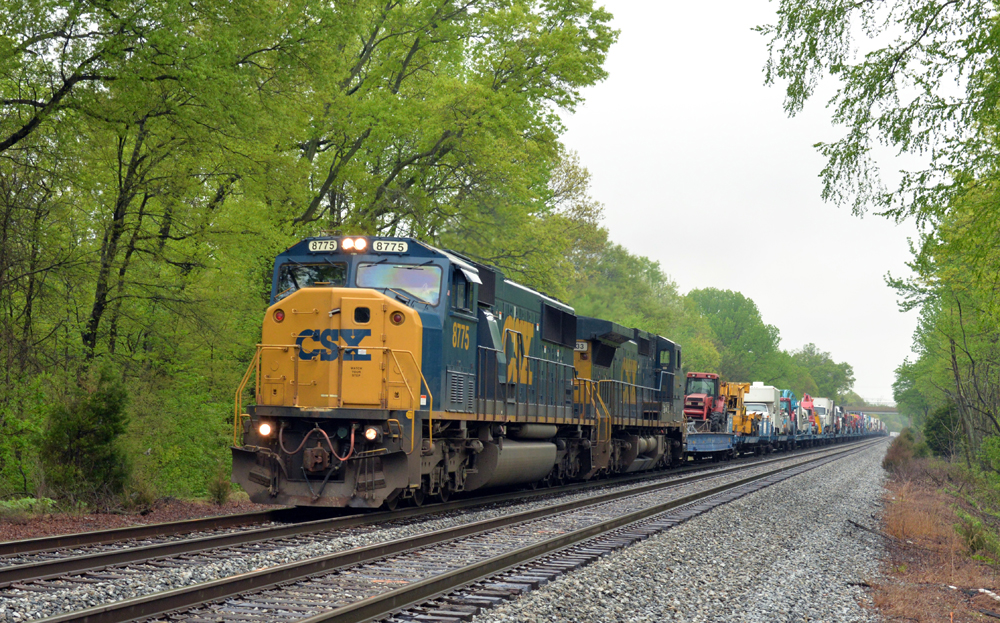
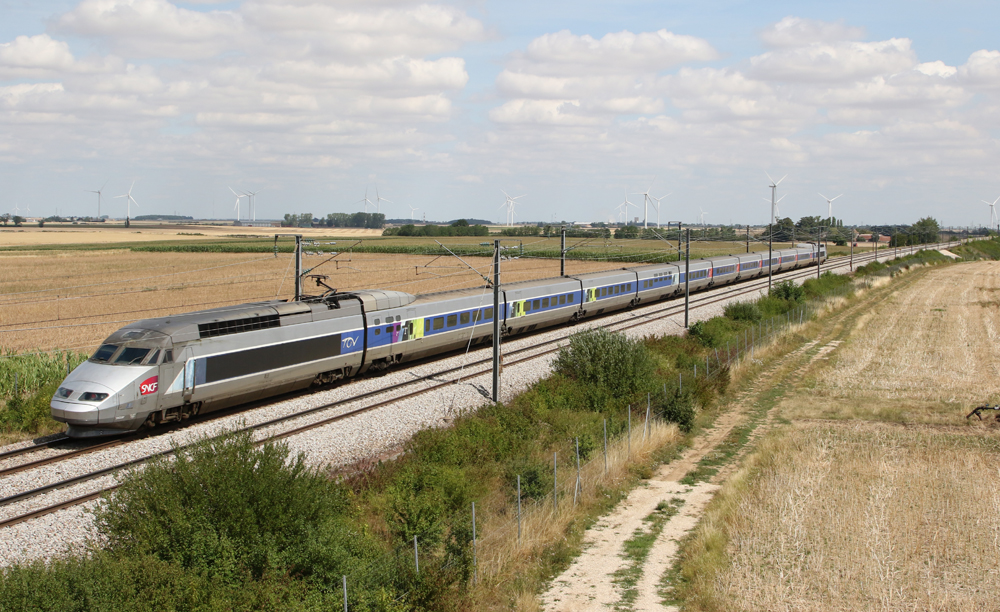
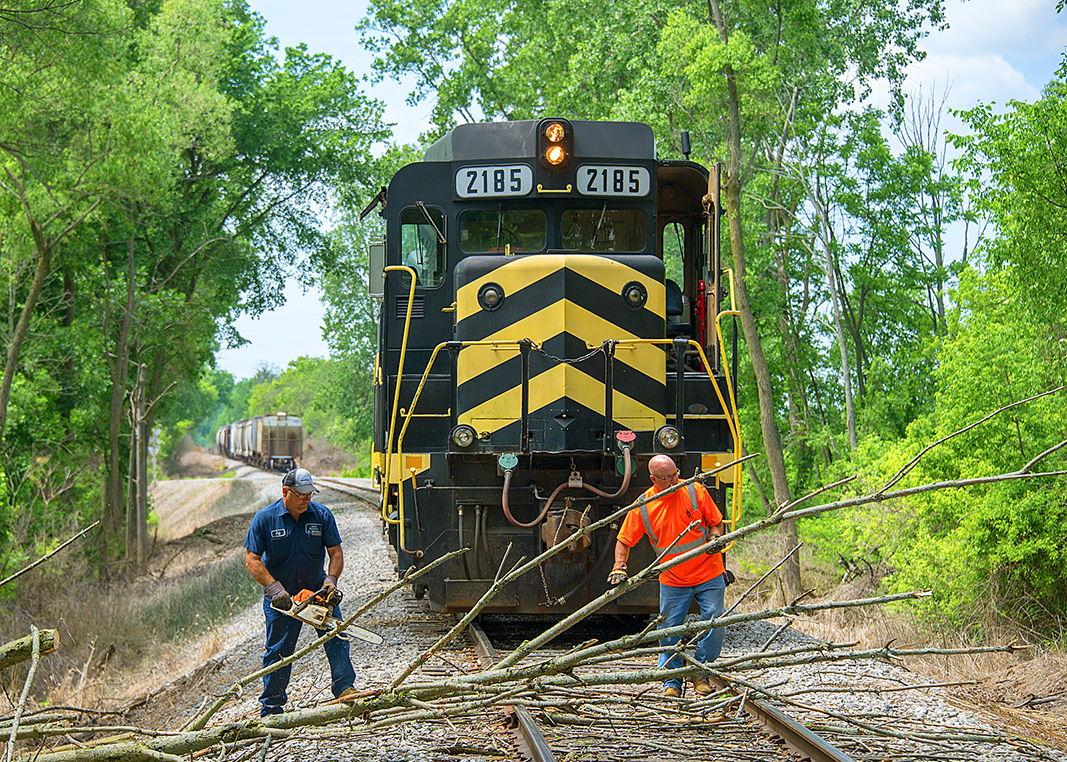




They must be dreaming!
These guys can’t see the forest through the trees…a better service would be an overnight version of the Auto-train between the Bay Area and Los Angeles Basin. People want their cars, what better way to get them off the highway in between the two metro areas and still let them have their personal vehicle at destination.
That’s interesting that UP is so willing to support private passenger rail. So how come UP WON’T support Amtrak? These private companies likely have a penalty for poor performance. Amtrak should be entitled to negotiate penalties as well.
Maybe because Amtrak negotiates like a bull in a China closet and they don’t want to pay their FAIR share of the costs. These other folks are putting their money where their mouth is. As the old saying goes, “Talk is cheap, but it takes money to buy Whiskey!” Amtrak wants to buy jug wine or the cheapest of the cheap, except when it comes to capital projects and then they spend money like they are printing their own…
Until real railroading CEO’s are put in charge of all of Amtrak and Amtrak split into two companies, Commuter and Long Distance, and made to accurately account for their costs, it will continue to be the laughing stock of the passenger railroading world…
Maybe because the Coast Line basically has zero service on it and would not interfer with UP freight movement for the most part!
Not too many years ago X Train had an “agreement” with Uncle Pete for service between LA and LV. I asked a UP rep about and he shrugged, “We have a deal with specific terms. If those terms are met the train runs. If not they don’t.”
Let me count the missed opportunities. One existing, another supposedly under construction, and a third proposed in this article today.
One and two are Amtrak and CalHSR. We know their shortcomings. Into this void steps Number Three, chasing a niche market with a proposed stand-alone service.
A certain number of people travel San Fran to LA, as in this article. Without even getting into CalHSR territory in the Central Valley, other huge markets include (obviously) San Jose, Silicon Valley, Burbank, the Van Nuys area, Santa Barbara, the East Bay, Sacramento, Orange County, and San Diego County.
This country doesn’t need premium trains chasing niche markets. Most, not all of them, have failed. We need connectivity, choices, compatible fleets, and multiple frequencies.
Wishing them luck. They will need it. I’ll believe it when I see it.